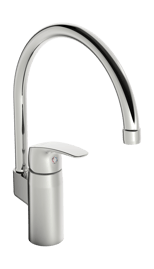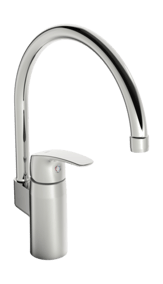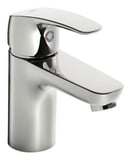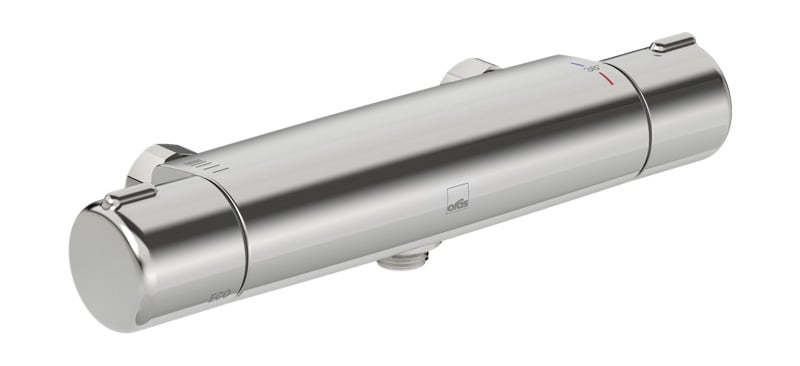Today, keeping the carbon footprint of new builds low has become an integral part of project planning. Whether it’s about meeting strict sustainability targets or accommodating fluctuating energy prices, here’s how to keep energy consumption low and tackle the EU’s energy price surge by using smart, resource-saving technologies.
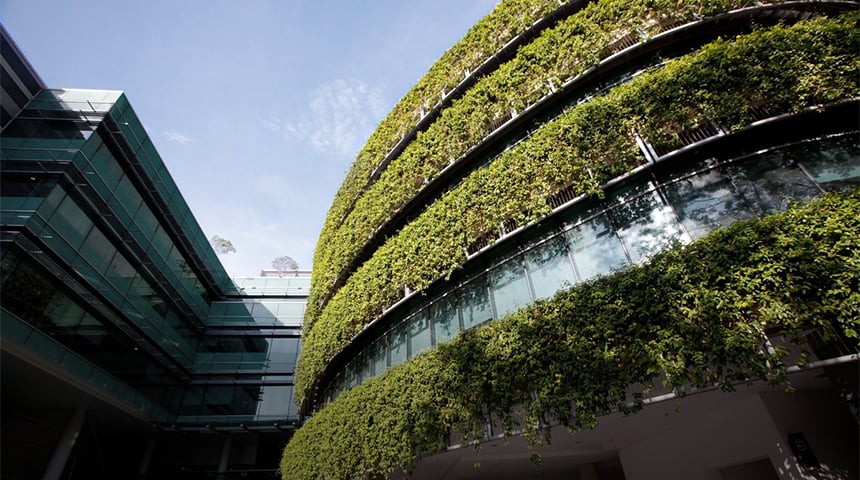
In the past years, the construction sector has been forced to alter the energy performance of existing building stock and pave the way for low-carbon buildings of the future. Meanwhile, a current surge in European energy prices puts pressure on project planners to save resources and keep energy costs of buildings low.
Here’s how to cut down on energy costs and what role water-saving installations play in the green transition.
How will rising energy prices impact the future of the building sector?
Many of today’s building stock was built without following significant energy performance standards and the European Commission estimates that 75 percent of existing buildings will continue to exist by 2050. As energy prices are skyrocketing and the demand for resource-efficient buildings continues to grow, energy renovations offer great potential to achieve a lower carbon footprint and tackle the rising utility costs of public and private buildings.
How does water use drive up a building’s energy costs?
Water consumption takes up a considerable share of a building’s utility bill in both residential and public buildings. In large commercial buildings with high traffic, such as airport or shopping mall bathrooms, faucets are often subject to resource-inefficient use, e.g., by leaving the water running for too long or repeatedly adjusting water temperature throughout the day. This quickly ramps up utility bills.
Meanwhile, residential buildings make up 72 percent of the total water use of all buildings across Europe. And a large portion of this is spent on showering and bathing, which majorly impacts energy costs. In fact, one minute in a warm shower is average equivalent to one full day of the electricity used for lighting in a three-person household.
That's why more and more building operators demand upgrades that not only keep electricity but also water consumption to a minimum.
How can water-saving faucets help keep electricity costs low?
In residential buildings
Showers make up a large share of water use in private dwellings. That’s why water-saving shower solutions are often used to cut down on water consumption. But they also come with significant price effects as in most European countries it’s the heated water of our showers that’s responsible for a building’s high electricity bill.
By installing water-saving thermostats and showerheads, such as low-flow showerheads, for example, users have been able to restrict water flow and reduce water consumption by up to 50 percent.
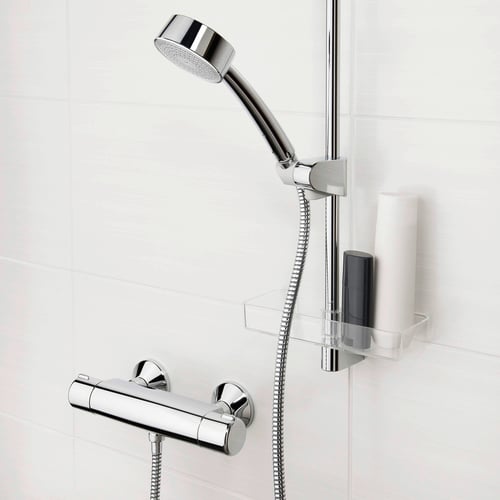
Thermostats with EcoFlow control and safety-stop can further help reduce the amount of water released per shower (e.g., to less than 10 litres per minute) while a temperature safety stop at 38 °C helps save energy and ensures a pleasant temperature.
In public buildings
In public buildings, faucets with an integrated low flow function and temperature lock can cut warm water consumption by 50 percent. As maximum flow time and temperature can be limited per use, less energy is required to heat the water, leading to lower overall utility costs.
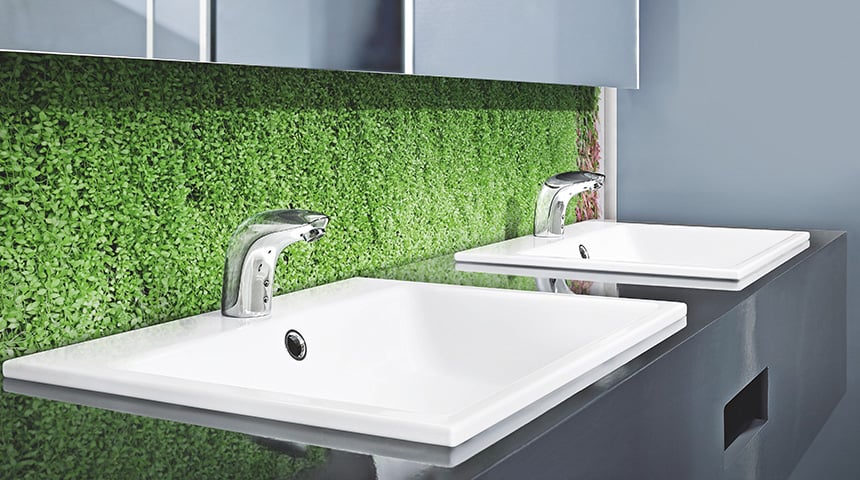
Smart faucets with integrated Bluetooth technology further help building operators monitor and control energy and water consumption of larger projects. Connected to the Oras Connect app, they can adjust the flow time of each faucet throughout the building complex via the connected app. This also facilitates easier reporting and enables building operators to ensure the building satisfies local sustainability certificates and permits.
How can project planners meet energy certifications and standards?
Alongside features such as safety, security, moisture, thermal health and ventilation, efficient use of energy and water are vital requirements of sustainability certifications, such as LEED (Leadership in Energy and Environmental Design) and BREEAM (Building Research Establishment Environmental Assessment Method).
This demands project planners to know their installed solutions’ energy profile to the tiniest detail. To satisfy a Level 4 BREEAM approval, for example, water installations may not exceed a maximum water outlet of 12.75 liters. Meeting this criterion means finding the right combination of the shower, bathroom faucet and kitchen faucet.
At Oras, we’re dedicated to helping you find the right product mix for your specific requirement. Have a look at a few examples of product combinations we recommend to our customers:
Combination 1: Total Flow of 12,6 litres
Combination 2: Total Flow of 12,6 litres
Combination 3: Total Flow of 11,1 litres
In the future, getting on top of water and energy costs will become a fundamental part of successful project planning. But not all projects are the same and finding the right solutions for each setting may be complex and time-consuming. That's why at Oras we test our solutions together with our customers to mobilize better energy-efficient bathroom fixtures and meet tomorrow’s energy requirements.



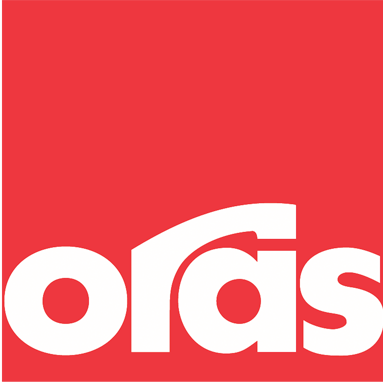



_CatalogRender.png?width=480&name=Oras-Nova-rainshower_133719_7401(2020)_CatalogRender.png)
